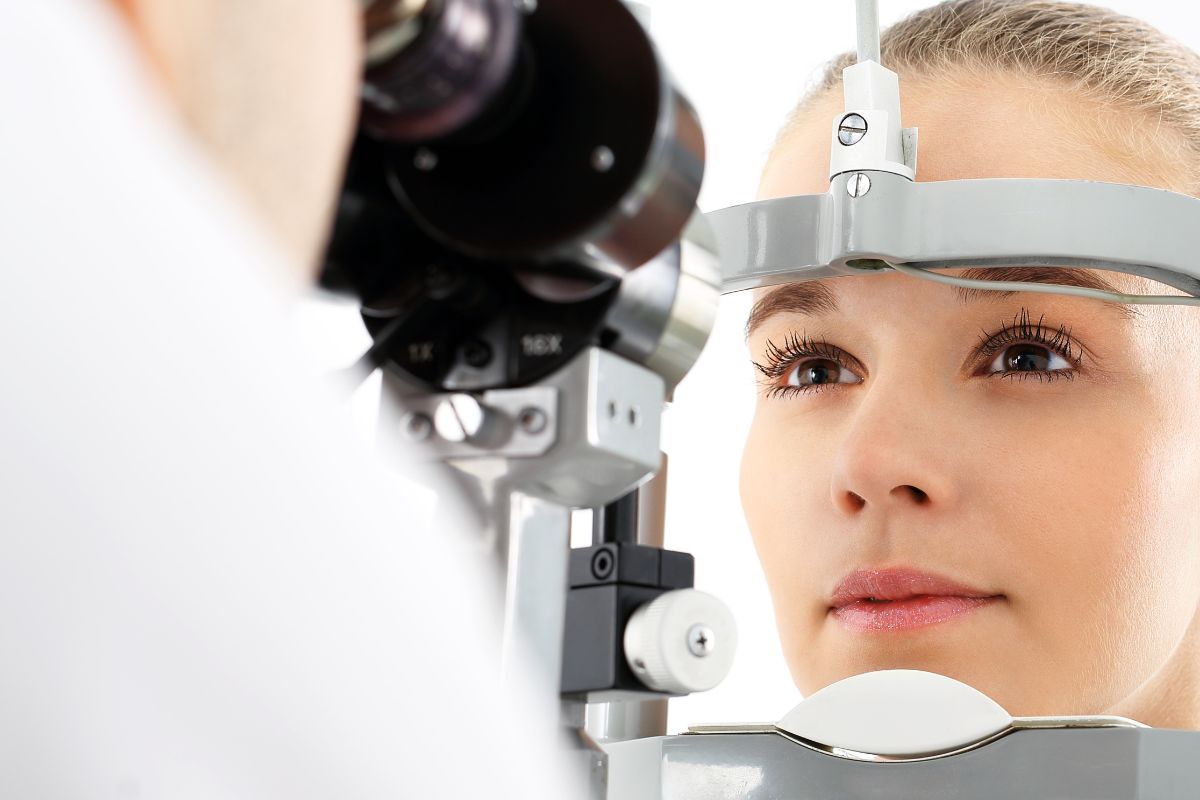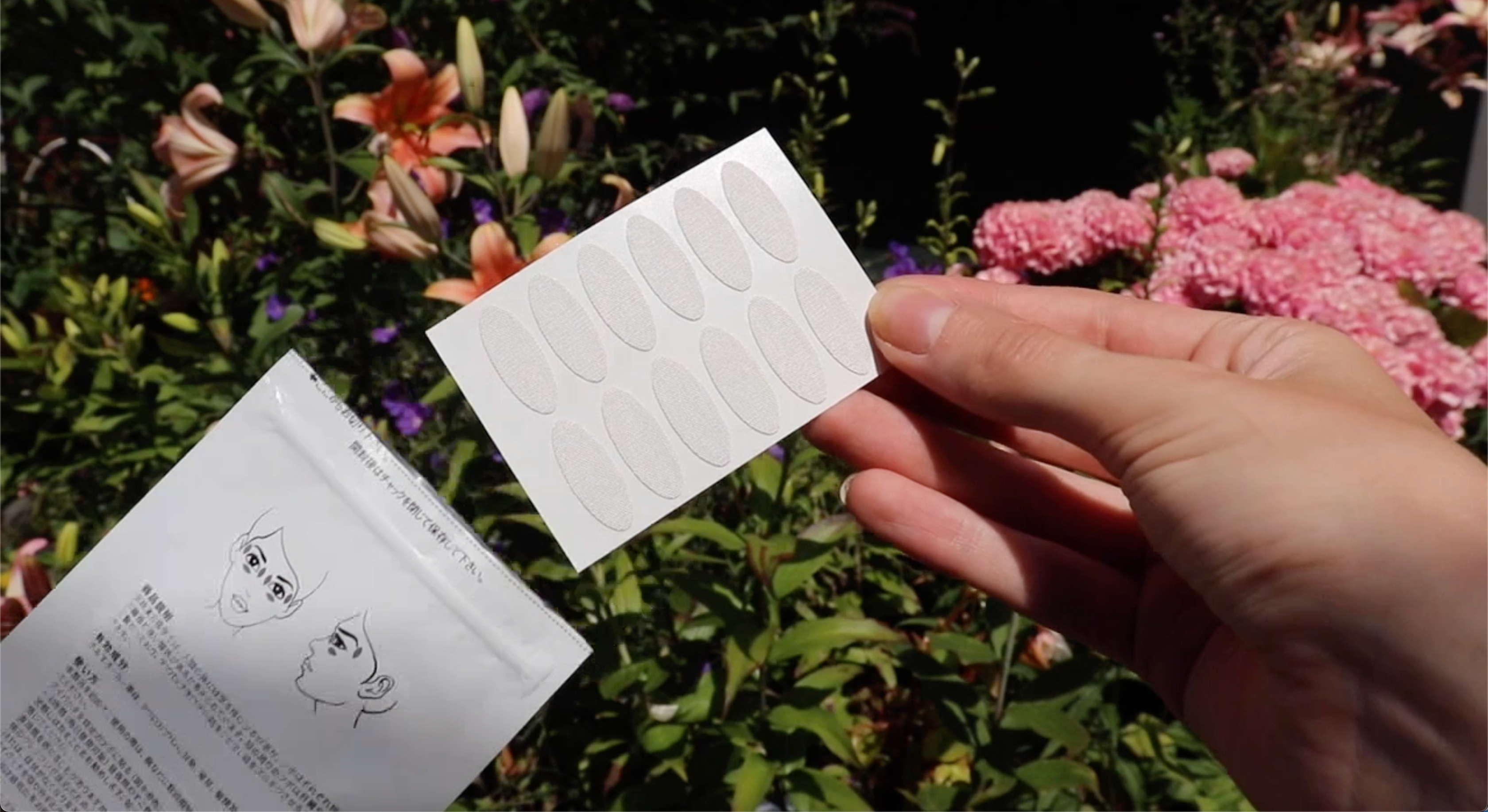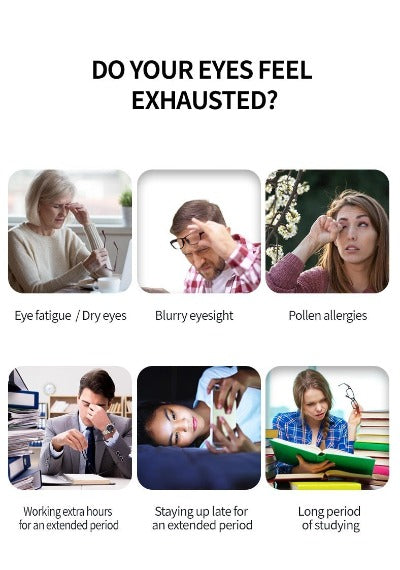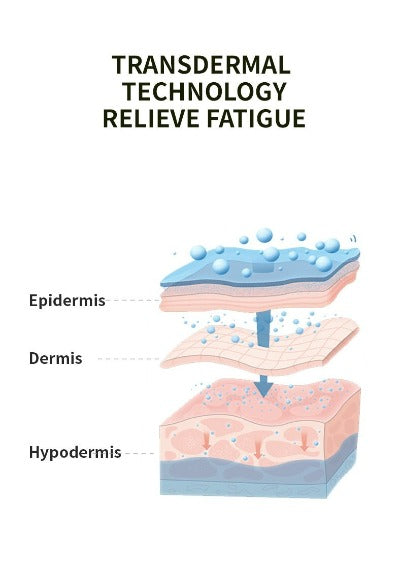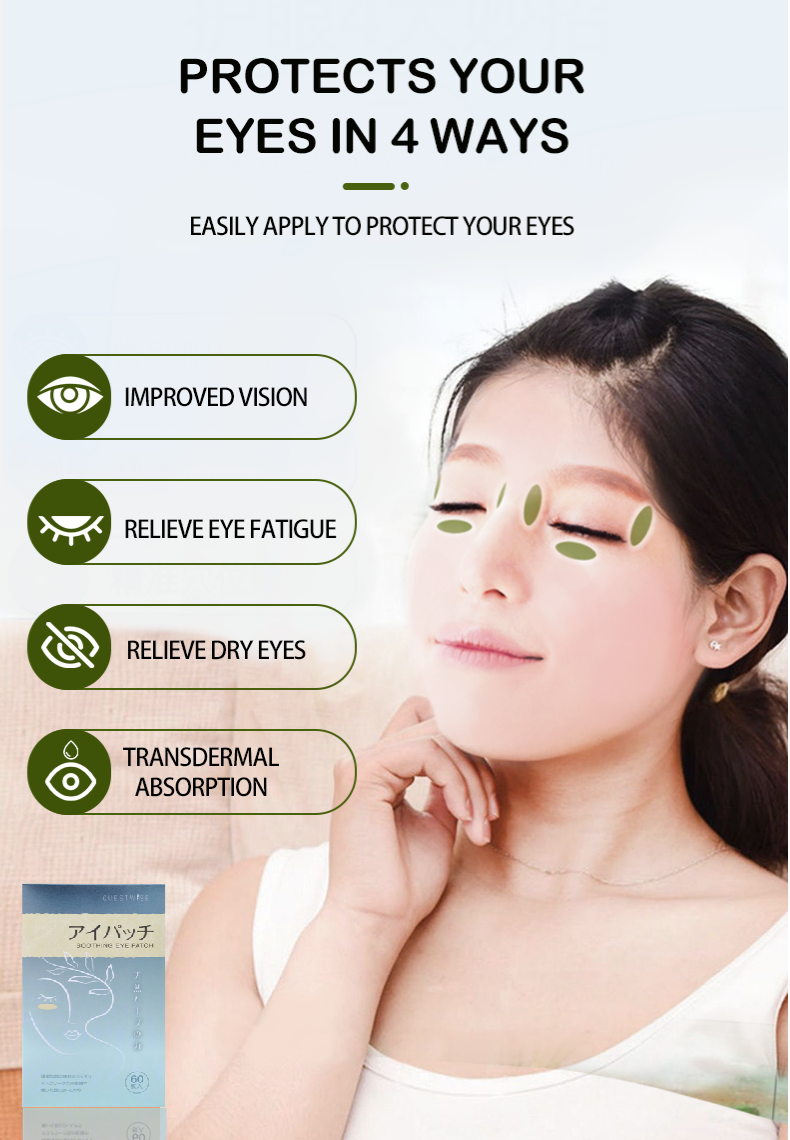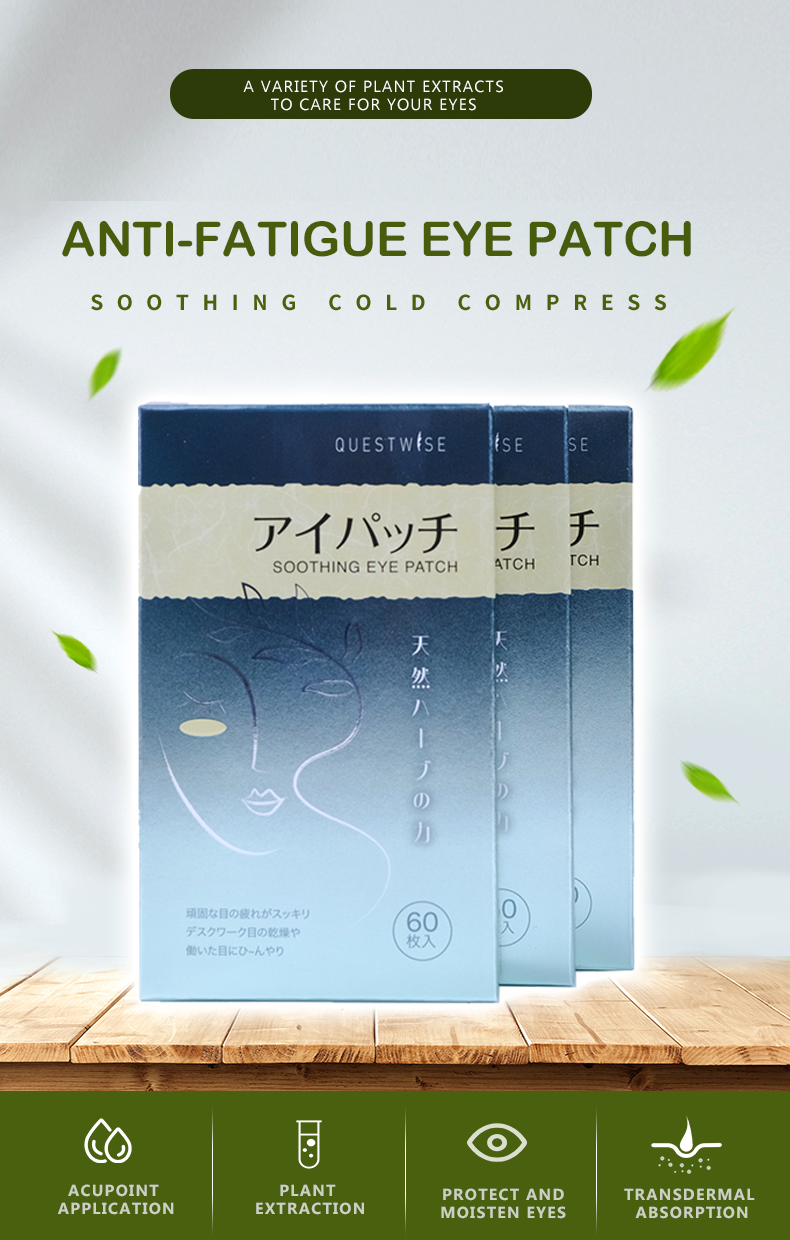Digital Eye Strain in the Screen Era: How to Protect Your Eyes from Dry Eye Syndrome
In 2025, the pervasive influence of digital technology has undeniably reshaped our lives, offering unprecedented connectivity and convenience. However, this digital revolution comes at a cost, particularly for our ocular health. The relentless exposure to screens – smartphones, tablets, laptops, and televisions – has led to a dramatic increase in digital eye strain and its frequent companion, Dry Eye Syndrome. This comprehensive article delves into the intricate relationship between these two conditions, offering practical strategies and advanced treatments to safeguard your vision and overall well-being in this increasingly digital world.
Understanding Digital Eye Strain: A Modern-Day Ailment
Digital eye strain, often referred to as computer vision syndrome (CVS), is an umbrella term encompassing a range of visual and ocular discomfort arising from prolonged near-work activities involving digital devices. Symptoms can vary widely from person to person, but common manifestations include eye fatigue, dryness, burning, itching, blurred vision, headaches, and neck pain. The cumulative effects of prolonged screen time can significantly impair visual acuity, productivity, and quality of life.
While the symptoms may seem minor initially, consistent neglect can lead to more severe consequences. This is particularly true when digital eye strain triggers or exacerbates Dry Eye Syndrome, creating a vicious cycle of discomfort and potential long-term damage.
The Silent Threat of Dry Eye Syndrome:
Dry Eye Syndrome (DES) is a prevalent condition characterized by insufficient tear production or abnormal tear film quality. The tear film, a delicate layer covering the surface of the eye, is crucial for maintaining its health, lubrication, and optical clarity. It consists of three layers: the lipid (oil) layer, the aqueous (water) layer, and the mucin (glycoprotein) layer. When any of these layers are compromised, the eye's surface becomes dry and vulnerable, leading to various symptoms.
DES symptoms can range from mild discomfort to debilitating pain, significantly affecting daily life. The signs of DES often overlap with those of digital eye strain, potentially making diagnosis challenging. Common symptoms include:
- Burning or stinging sensations in the eyes
- Itching and irritation
- Excessive tearing (paradoxically, due to reflex response)
- Mucus threads or strings in or around the eyes
- Feeling of grittiness or a foreign body in the eye
- Light sensitivity (photophobia)
- Blurred or fluctuating vision
- Eye fatigue and discomfort
- Difficulty driving at night due to glare and reduced visual clarity
- Red, bloodshot eyes
The connection between digital eye strain and DES is significant because the reduced blink rate during screen use directly contributes to tear film instability and dryness. The act of blinking helps to spread the tear film evenly across the ocular surface, providing vital lubrication and nourishment. When we stare at screens, our blinking frequency often decreases dramatically, leading to DES.
The Science Behind the Screen Strain:
Several factors contribute to the development of digital eye strain and DES in the screen era:
- Blue Light: Digital screens emit blue light, a high-energy visible light wavelength potentially harmful to the eyes. Prolonged exposure to blue light can lead to macular degeneration, retinal damage, and sleep disturbances, indirectly contributing to eye strain and dryness.
- Reduced Blink Rate: As mentioned, the act of blinking is crucial for maintaining tear film stability. When focused on screens, our blinking frequency reduces significantly, leading to desiccation of the ocular surface.
- Poor Posture: Poor posture, such as hunching over a laptop or phone, can strain neck and shoulder muscles, leading to discomfort and indirectly impacting eye health.
- Glare and Reflection: Glare and reflections from digital screens can cause eye strain, particularly in poorly lit environments.
- Focus and Accommodation: Constant close-up focus on digital screens requires continuous accommodation, leading to eye muscle fatigue and strain.
Protecting Your Eyes: Practical Strategies for Prevention and Relief:
Preventing and managing digital eye strain and DES requires a multi-pronged approach encompassing lifestyle modifications, environmental adjustments, and, in some cases, medical interventions. Here's a detailed plan of action:
Lifestyle Modifications:
- The 20-20-20 Rule: Every 20 minutes, take a 20-second break to look at an object 20 feet away. This simple exercise helps to relax eye muscles and reduce strain.
- Conscious Blinking: Make a conscious effort to blink more frequently, especially during prolonged screen time. Try to blink every few seconds to maintain tear film lubrication.
- Regular Breaks: Take frequent breaks from screen time to allow your eyes to rest and recover. Get up and move around, stretching your neck and shoulders.
- Hydration: Drink plenty of water throughout the day to maintain adequate hydration, supporting tear production.
- Healthy Diet: A balanced diet rich in omega-3 fatty acids and antioxidants can promote eye health and tear film stability.
- Proper Sleep: Getting enough sleep is essential for overall health, including eye health. Aim for 7-8 hours of quality sleep per night.
Environmental Adjustments:
- Optimize Screen Settings: Adjust screen brightness and contrast to comfortable levels. Use a blue light filter on your devices or wear blue light-blocking glasses.
- Proper Lighting: Ensure adequate lighting in your workspace. Avoid excessive glare and reflections from windows or light sources.
- Ergonomics: Position your screen at eye level to minimize neck strain and maintain a comfortable posture.
- Humidifier: Use a humidifier in dry environments to add moisture to the air, reducing dryness.
Medical Interventions:
- Artificial Tears: Over-the-counter lubricating eye drops can provide temporary relief from dryness and irritation. Consult your eye doctor for appropriate recommendations.
- Prescription Eye Drops: Your doctor may prescribe prescription eye drops, such as Restasis or Xiidra, to stimulate tear production or reduce inflammation.
- Punctal Plugs: These small plugs are inserted into the tear ducts to prevent tear drainage and increase tear film stability.
- LipiFlow Thermal Pulsation System: This innovative technology helps to clear blocked meibomian glands, which are often implicated in DES.
- Intense Pulsed Light (IPL) Therapy: IPL therapy can reduce inflammation and improve meibomian gland function.
- Autologous Serum Tears: This treatment involves using your own serum to create customized eye drops that can be very effective in treating DES.
Conclusion:
In 2025, the digital world is undeniably a part of our daily lives. However, understanding and mitigating the risks of digital eye strain and Dry Eye Syndrome is paramount for preserving our visual health. By implementing the preventative measures outlined above, and seeking professional help when needed, we can effectively navigate the digital landscape while safeguarding our ocular well-being. Don't underestimate the importance of regular eye exams, proactive lifestyle changes, and the appropriate use of medical interventions to maintain long-term eye health. Your vision is a precious asset—protect it wisely.

